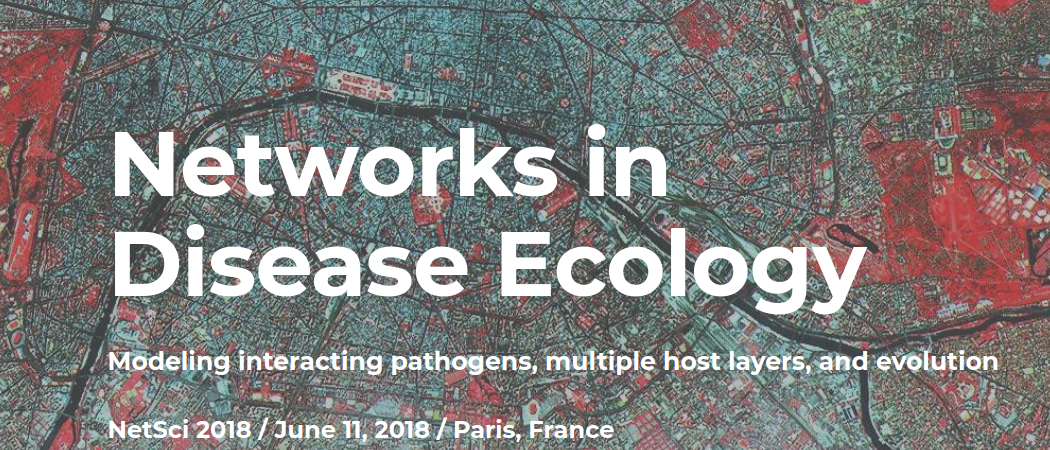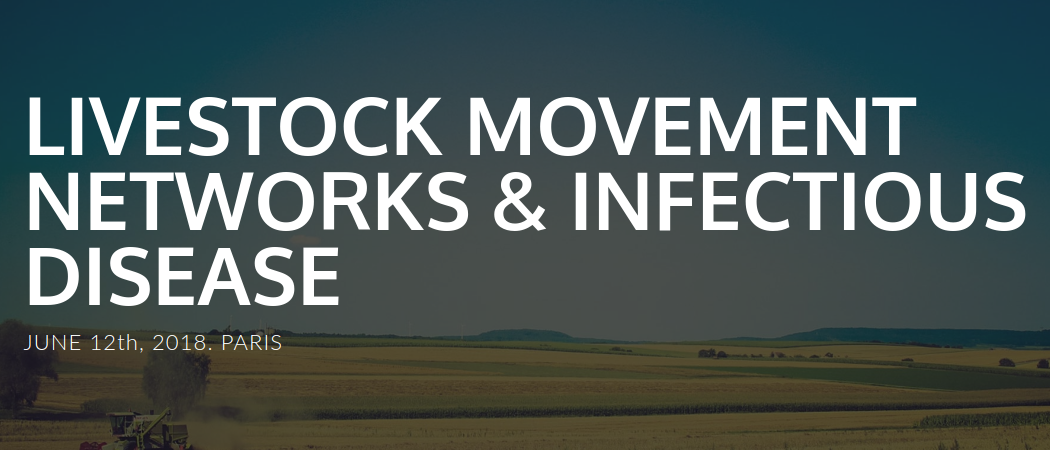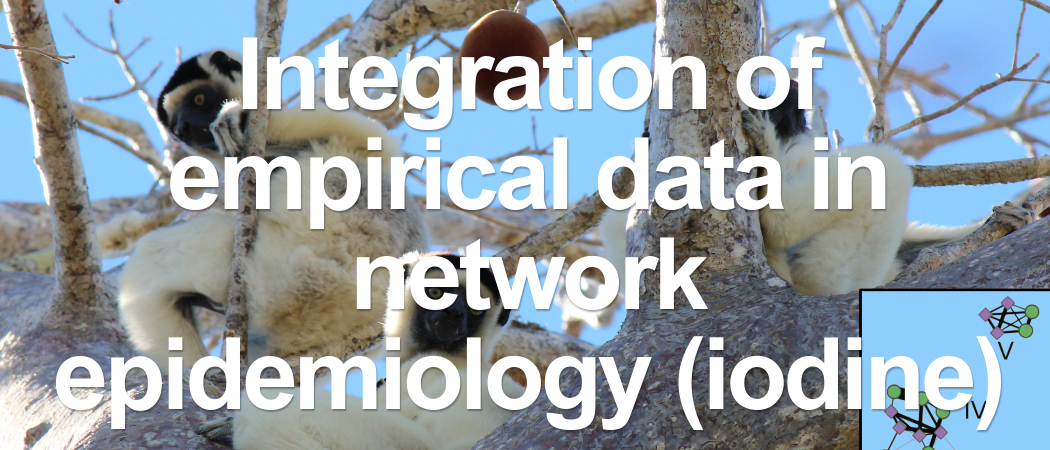Contagion & Networks
Satellite symposium, second edition @ NetSci2018
June 11 2018, Paris, France
Progress and issues with epidemiological models and data
The dynamics of contagion (e.g., the spread of ideas and diseases between individuals) are shaped by the networked structure of host populations. Whether the contagion travels quickly through an effectively static network or moves more slowly and thus encounters spatiotemporal variation in the networked structure itself, as a field, we still lack a definitive framework for translating data into predictions of contagion dynamics. The basic model for contagion spreading on a network is simple: An infectious agent, e.g., a pathogen or an idea, is transmitted from "infectious" individuals to "susceptible" individuals through nearest-neighbor interactions on a contact network. However, some of the most basic assumptions surrounding this simple model have been challenged in recent years. The focus of our satellite will be on these recent challenges and on persistent issues in modeling the dynamics of contagion on networks:
- 1. It is unclear whether macroscopic invasions emerge continuously or discontinuously as contagion transmissibility increases;
- 2. Only recently did we start developing robust models for epidemics on temporal networks, and we have yet to reach a consensus on the correct mathematical approach [5].
- 3. Interventions and network properties designed to hinder contagions can actually hasten their spread:
- 4. Zika virus highlights the importance of asymmetric transmission and of mixed routes of transmission (i.e., through a mosquito vector and through sex), and the consequences of which are not fully understood [7,8].
- 5. No model has yet to produce actionable predictions implementing the interaction of human behavior and contagions.
- 6. Ecology of poverty, explaining how network effects play an important role in shaping poverty and population health [9].
- 7. Network Medicine, which is the application of network theory to the diagnosis, prevention and treatment of diseases based on biological networks [10].








